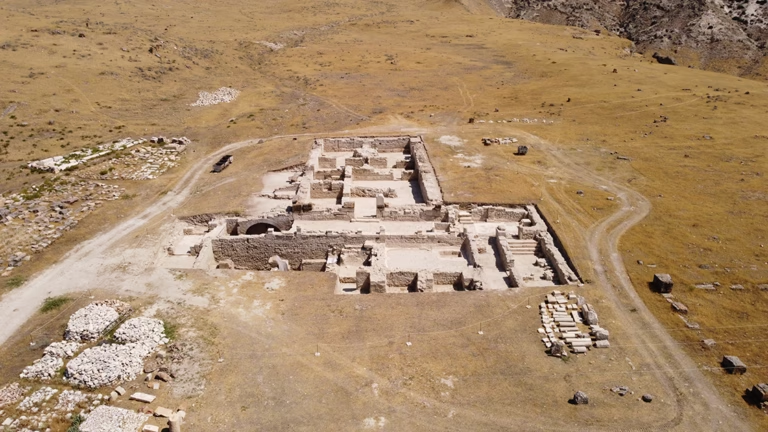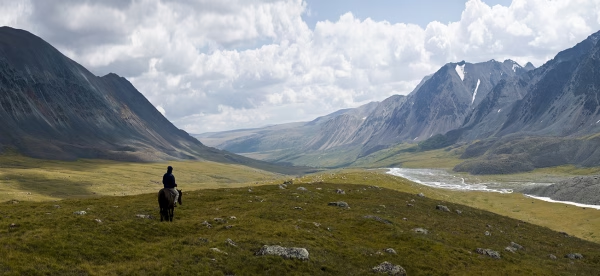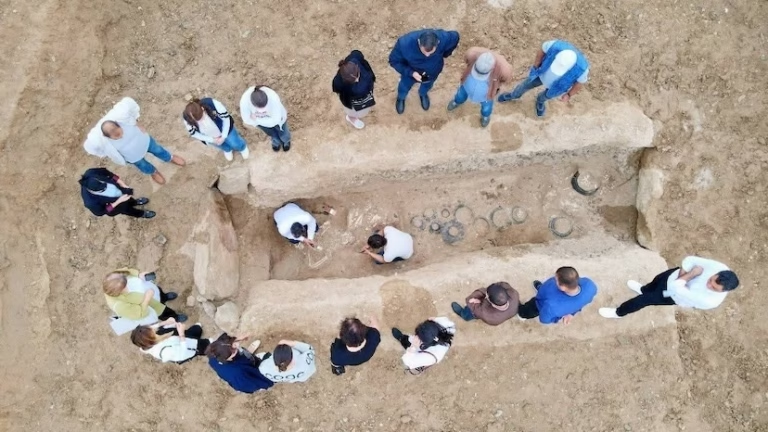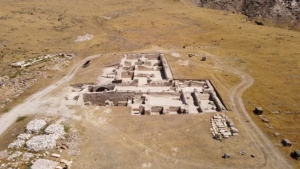Amud and Kebara Caves Show Neighboring Neanderthal Groups Processed the Same Prey in Distinct Ways
A new archaeological study suggests that Neanderthals living just 70 kilometers apart in northern Israel had different methods of butchering their prey—possibly hinting at early forms of cultural food traditions.
Researchers examining bones from the Amud and Kebara caves found distinct patterns of cut marks, despite both groups relying on the same prey animals (mainly gazelles and fallow deer) and using similar stone tools. These differences, scientists say, might indicate that food preparation habits were passed down socially, much like traditional recipes in human cultures today.
Different Techniques, Same Tools
The study, led by Anaëlle Jallon, a Ph.D. candidate at the Hebrew University of Jerusalem, compared cut-marked bones from both sites dating back 50,000 to 60,000 years. While both Neanderthal groups hunted similar animals and lived under comparable environmental conditions, they processed meat in noticeably different ways.
At Amud Cave, cut marks were denser and less linear, while those at Kebara Cave were more consistent and neatly placed. This variation could reflect group-specific butchering strategies influenced by tradition, rather than by necessity or skill level.
“The subtle differences in cut-mark patterns between Amud and Kebara may reflect local traditions of animal carcass processing,” said Jallon. “Even though these groups shared similar challenges, they developed unique strategies—possibly passed down through cultural learning.”
Meat Processing or Group Behavior?
Researchers explored several theories to explain the differences. One possibility is that Amud Neanderthals let the meat age—similar to modern meat hanging—before processing, resulting in more complex cut patterns. Another theory is that group organization played a role: perhaps more individuals participated in butchering at one site than the other.
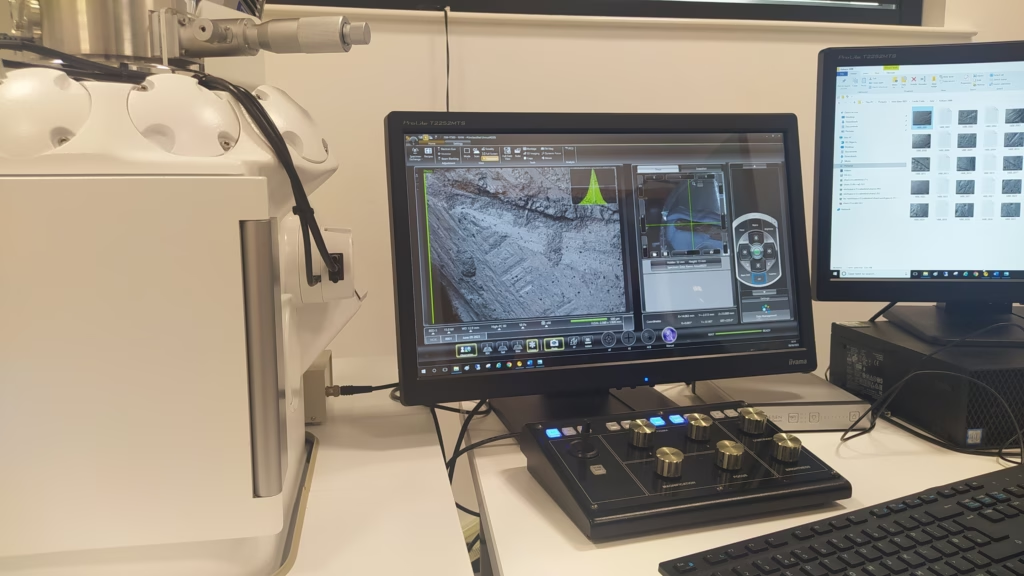
At Amud, bones were more frequently burned and fragmented, with 40% showing signs of exposure to fire. In contrast, only 9% of bones from Kebara were burned, and they were more intact—suggesting different cooking or preservation methods.
Early Clues to Culinary Culture
The findings challenge the assumption that early humans followed a standardized approach to food preparation. Instead, they hint at the presence of culturally influenced practices—even in the seemingly mundane task of butchering.
“If butchery techniques varied between sites, this implies that cultural preferences and social structures shaped how Neanderthals processed food,” added Jallon.
Despite the exciting results, researchers emphasize the need for further study. Bone fragmentation and preservation issues limit the available data, but future experimental archaeology and comparisons could shed more light on how our ancient relatives approached food—and perhaps even lead to reconstructions of Neanderthal “recipes.”
Cover Image Credit: Drawing and descriptions of a specimen from Kebara. Credit: Anaëlle Jallon
Cut from the same cloth? Comparing Neanderthal processing of faunal resources at Amud and Kebara caves (Israel) through cutmarks analyses, Frontiers in Environmental Archaeology (2025). DOI: 10.3389/fearc.2025.1575572

